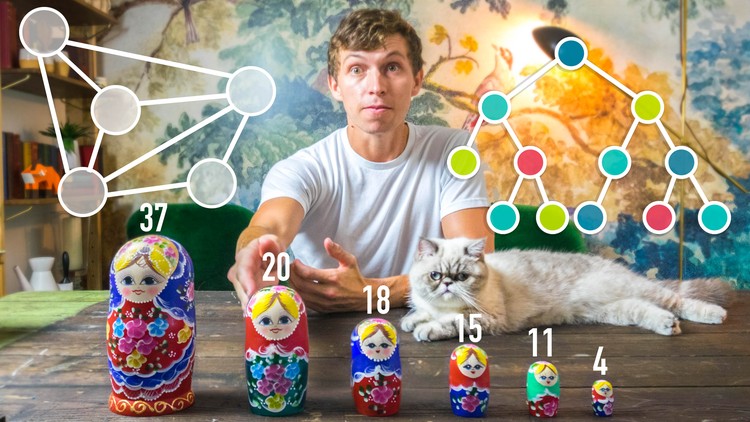JavaScript Algorithms and Data Structures Masterclass
The Missing Computer Science and Coding Interview Bootcamp
4.69 (29722 reviews)

162,070
students
22 hours
content
Apr 2025
last update
$119.99
regular price
What you will learn
Learn everything you need to ace difficult coding interviews
Master dozens of popular algorithms, including 6 sorting algorithms!
Implement 10+ data structures from scratch
Improve your problem solving skills and become a stronger developer
Screenshots




Related Topics
1406344
udemy ID
10/24/2017
course created date
3/17/2019
course indexed date
Bot
course submited by